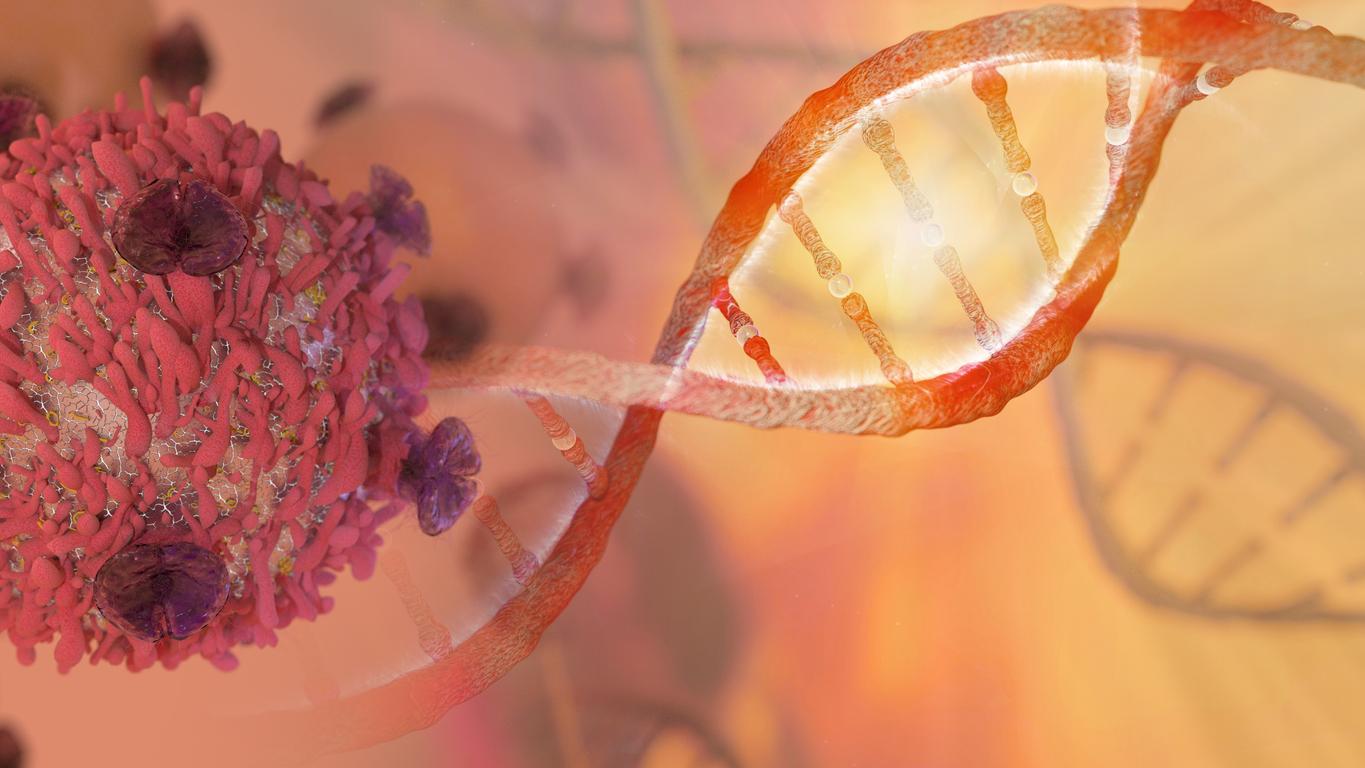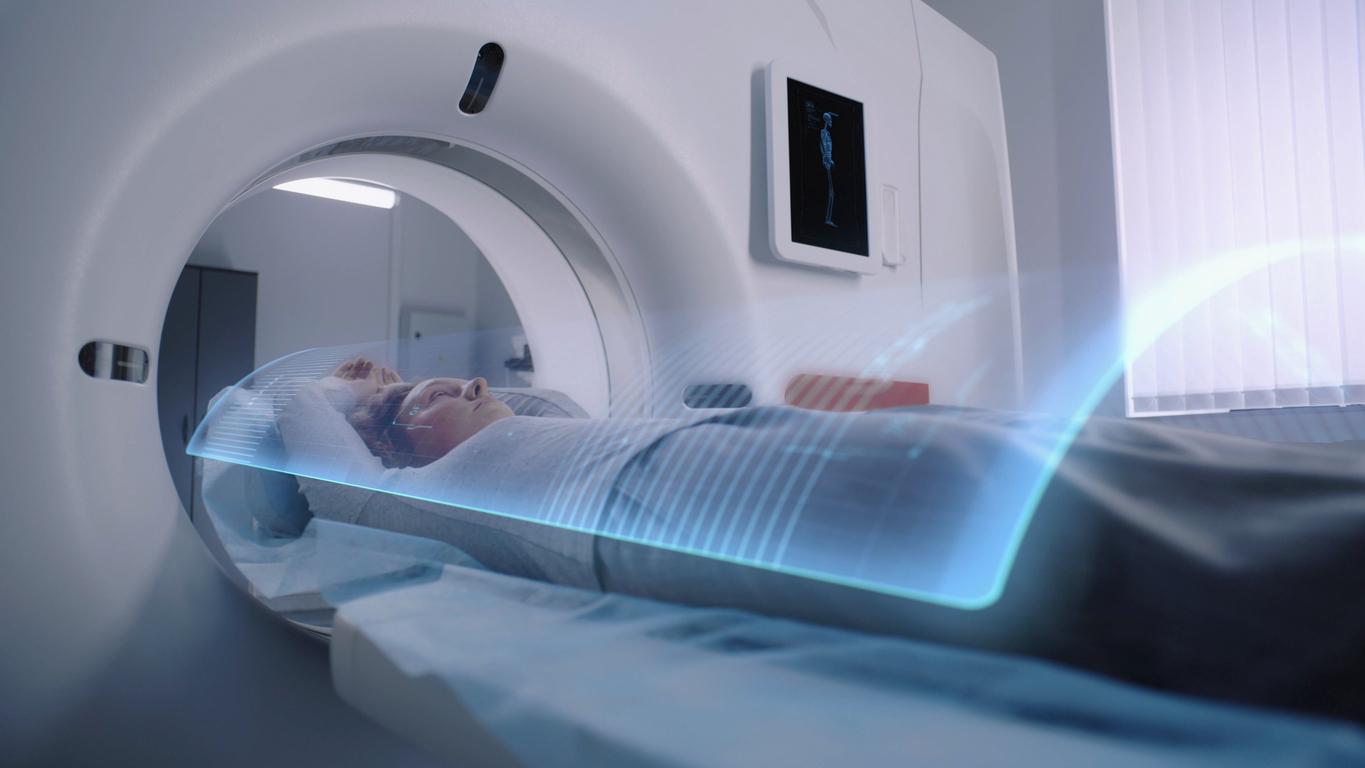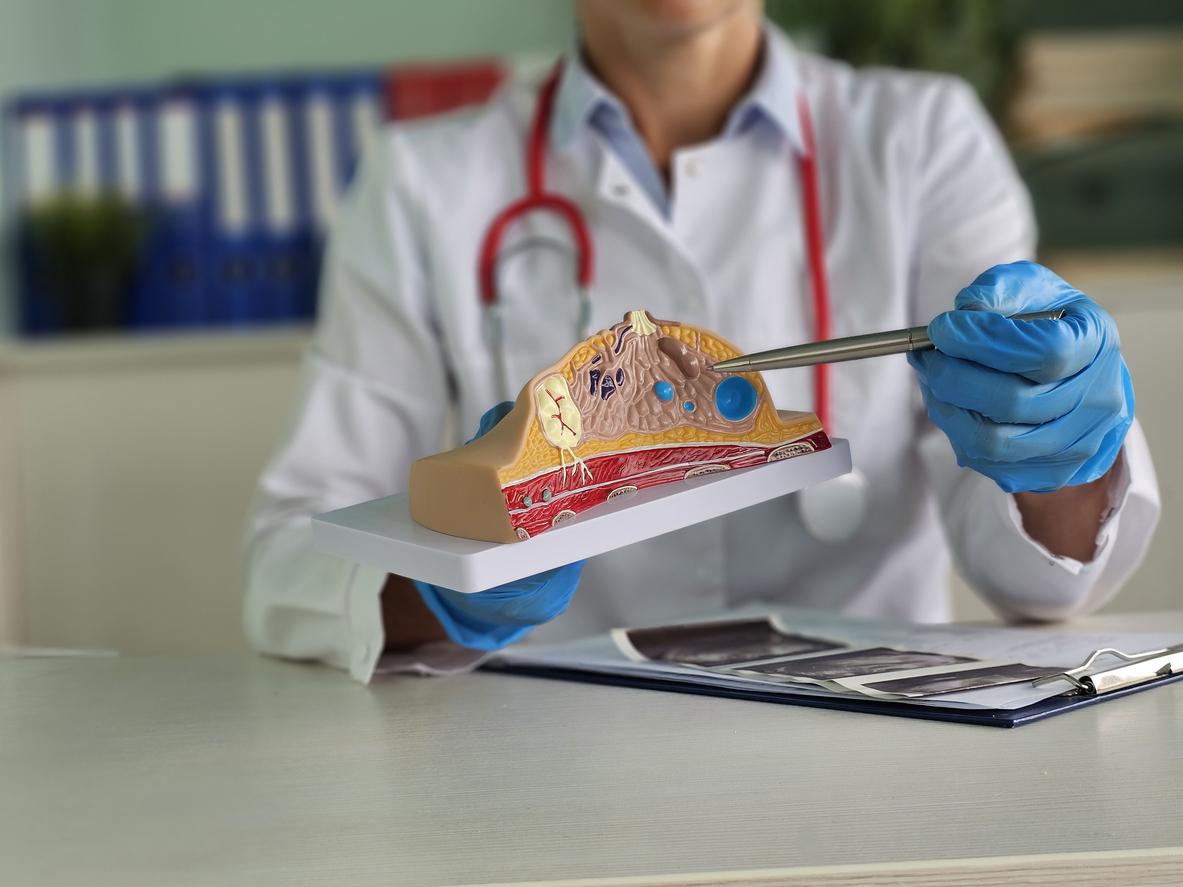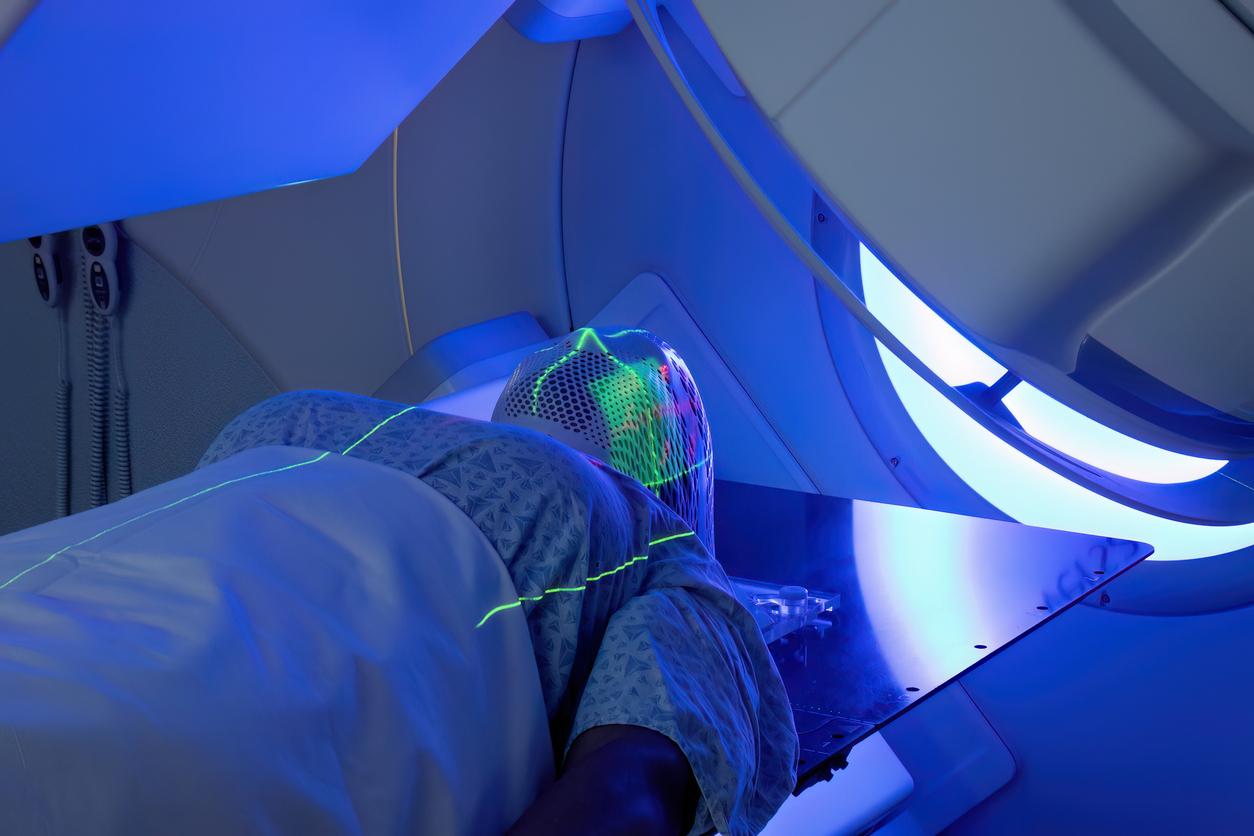
Fatigue, loss of concentration and lymphedema
More and more people are surviving breast cancer. When you have finished the treatment, you would like to resume your life as soon as possible. But that is not always easy. Fatigue, concentration problems, lymphedema. They are just some of the late effects of breast cancer. How do you handle that?
Breast cancer and the intensive treatments for it can have unpleasant consequences, which sometimes last for a long time. Some of these can be prevented with timely attention. Many complaints can be reduced or even disappear completely with the right rehabilitation or therapy.
Examples of late effects of breast cancer
- extreme fatigue
- Concentration and memory problems
- nerve pain
- Lymphedema
- heart damage
- Osteoprosis
Fatigue after breast cancer
One of the consequences of breast cancer is often extreme fatigue. It is the most common complaint and occurs in the majority of breast cancer patients. Fatigue in breast cancer can occur at different times: during treatment (the acute phase), shortly after treatment and for a longer time after treatment.
The exact explanation for permanent, chronic fatigue after (breast) cancer has not yet been found. Whether and for how long you are tired is independent of the treatment you have had. The duration of the treatment does seem to play a role; the shorter the treatment, the smaller the chance of prolonged fatigue. It is now known that various factors influence fatigue. Think of disruption of the sleep-wake rhythm, going beyond your limits too often, unprocessed emotions, fear of the cancer returning, menopausal symptoms and a diet that is not varied enough.
Various specialists can help you find the right balance, such as a psychologist or dietician. There are also programs that can help you with fatigue. Rehabilitation program Recovery & Balance for example, in the period immediately after treatment, it offers a combination of exercise, theme meetings, information and contact with fellow sufferers.
It is also possible that the fatigue has another physical cause: for example an infection, anemia or a thyroid disorder. So ask your doctor for further (blood) tests to rule out these causes.
Concentration problems after breast cancer
People who have or have ever had cancer may experience cognitive problems. Think of attention and memory problems, slowed work and thinking pace or a reduced ability to plan and organize. Not only problems in the central nervous system or its treatment can cause cognitive problems. People who have been treated for cancer outside the central nervous system can also experience problems. Memory training often helps to concentrate better, making you better able to oversee your tasks and solve problems. For example, you can participate in the COGMED working memory training and training your attention and memory for five weeks.
Nerve pain after breast cancer
Nerve pain can occur after a mastectomy or breast-conserving surgery in which lymph nodes are removed from the armpit area or the armpit is irradiated. This pain is also called ‘Post Mastectomy Pain Syndrome’ (PMPS) or neuropathic pain. PMPS occurs in many women shortly after surgery. Often this pain disappears on its own within six months, but in about 30 percent the pain remains. It is impossible to predict who will or will not develop nerve pain. For some women, the pain goes away on its own. In others, the nerve pain becomes chronic. Chronic nerve pain (longer than 3 to 6 months) is difficult to treat.
Symptoms of nerve pain
Characteristic of nerve pain are unusual pain sensations such as: burning, aching, nagging, ‘pins and needles’, stinging or a ‘tight band’ feeling around the chest and/or upper arm. The pain is felt in the skin of the armpit, on the back of the upper arm, on the chest wall and on the shoulder of the operated side. The pain usually develops shortly after surgery or within a few months. The pain can vary from disturbing to very severe, constant or variable. The intensity of the pain can increase with exertion, but also with cold and heat, with fatigue and with emotion.
Treatment of nerve pain
Nerve pain should preferably be treated at an early stage. So ask your specialist in time for advice or be referred to a pain clinic. Nerve pain can be diagnosed by excluding other causes of pain. Because the characteristic pain sensations do not respond to the usual painkillers, it becomes clear that the pain is different from the pain associated with surgery. Treatment generally consists of drugs, a nerve block, acupuncture, physiotherapy, TENS therapy, lymph taping or neurostimulation. If you have tried everything and still have so much pain that your functioning is hampered, a pain rehabilitation program in a rehabilitation center may be an option. This does not aim to reduce pain, but to improve functioning. However, sometimes that better functioning can also lead to a reduction in pain.
Lymphedema after breast cancer
The lymphatic system is important for the defense against infections and the removal of waste products from the tissues. In addition, it ensures that the moisture content of the tissues remains in balance. If this system becomes unbalanced, for example by removing lymph nodes, or by irradiating the lymph nodes, the drainage of lymph fluid can stagnate. If all goes well, other lymph nodes will take over. But if these have been irradiated or damaged by the operation, this does not happen and a build-up of lymph fluid develops: lymphedema. These complaints can last for a long time and sometimes do not go away at all. Severe cases occur in only 5 to 10 percent of women who have had an axillary lymph node dissection.
Risk Factors for Lymphedema
Lymphedema that does not develop immediately after surgery can develop later, even years, although this is rare. There are factors that contribute to this. To prevent lymphedema from developing, it is good to ensure that there is not too much lymph fluid in the arm and that the lymph fluid continues to flow well in the arm. Lymphedema can still be caused by overload, by very high and very low temperatures, but especially by infections. These are all situations in which the system creates extra moisture, and if the drainage is disturbed, moisture and proteins can build up.
Symptoms lymphedema
- A heavy or tight feeling in the arm, hand or fingers
- A thick arm or hand and fingers
- Pain and tingling
- Fluid buildup in the armpit, shoulder, chest and around the scar
Lymphedema Treatment
Do you recognize any of these symptoms? Have your doctor refer you as soon as possible to a physiotherapist or skin therapist specialized in edema. The sooner you start the treatment, the greater the chance of a good result. However, it is important to have the cause determined in advance; that could also be tumor activity in the lymph nodes. The treatment of lymphedema starts with lymph drainage, a form of massage in which the drainage of fluid is improved. The arm is then bandaged to keep the flow going. When the massage and bandaging have resulted in a 10 percent reduction in arm thickness – usually after about four weeks – you will be fitted with a compression stocking. You have to wear it every day. In addition, the therapist teaches you all kinds of exercises that should improve the flow in the lymphatic system, such as breathing exercises and exercises with the arm, hand, neck and back. Another treatment that can be given in addition to lymph drainage is lymph taping. A special tape is applied to the arm or chest. This continuously ensures a better flow.
Lymphedema never goes away completely. In addition, if lymphedema is not treated or if the treatment does not work well enough, the accumulated fluid can harden. Surgery is the last resort. Incisions are made in the skin, after which the hardened moisture is sucked out. The results of such an operation are only permanent if a compression stocking is worn day and night afterwards. Another possibility is the construction of shunts. However, the long-term effect of this has not been demonstrated. Experimental is the transplantation of lymph nodes from the groin area to the armpit. This method is not yet used in the Netherlands.
Heart damage after breast cancer
Many patients are not aware that damage to the heart can occur as a result of radiotherapy for breast cancer, as well as certain types of chemotherapy. Heart failure can develop during treatment, but also up to decades after treatment. Signals are:
- retain moisture
- Tired easily with exertion
- shortness of breath
- palpitations
- Dizziness.
When choosing the treatment method, it is important to weigh up the therapeutic effect of the treatment and protection of the heart. Applying new methods can limit the damage. For example, there are new radiotherapy techniques in which the heart is kept outside the radiation field as much as possible. In chemotherapy, studies of predictive factors (biomarkers), a maximum cumulative dose and examination of the heart during chemotherapy may limit or prevent damage.
Osteoporosis after breast cancer
Due to hormone use and early menopause in breast cancer, osteoporosis is relatively more common and also at a younger age. Hormone therapy has the effect of inhibiting or shutting down estrogen production. This greatly increases the risk of osteoporosis, especially in women who receive aromatase inhibitors and women who go (very) early in the menopause. This risk group is eligible for a bone density measurement. For these women it is important that they exercise, get plenty of sunlight, take enough vitamin D and calcium and maintain a healthy weight. Both overweight and underweight are bad for the bones.

















